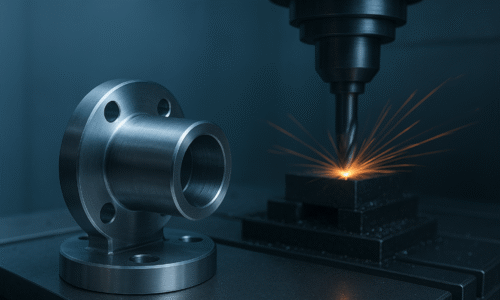As a business owner, then you want to make sure that your company and its practices have safety in mind at all times. In 2019 in the United States, there were 5,333 fatal work injuries. That’s a 2% increase from 5,250 in 2018.
As a business owner, you might wonder how to increase safety when it comes to the different equipment that you use each day. This article will take a look at reliability centered maintenance and how it can keep your equipment safe in as little time as possible. Read on to explore more about this and say hello to safety in the workplace today.
What Is Reliability Centered Maintenance?
A reliability centered maintenance program creates safe minimum levels of equipment upkeep. They use cost-effective strategies as well.
It helps with equipment uptime, reliability, and company savings. It’s a way to decrease downtime and extend the life of your equipment.
It comes down to:
- Optimized maintenance methods
- Identifying the process for your equipment
- That all equipment operates at its optimum level
Standard Maintenance Programs vs Reliability Centered Maintenance
Using reliability centered maintenance focuses on the fact that all facility assets aren’t equal. It’s about matching available resources with your equipment needs at an affordable rate.
Identifying Failure
It’s important to understand why equipment fails in order to avoid this in the future. Take a look at whether it’s a systemic failure or related to only one part. Determine how often the failure occurs, and if it’s the same parts each time.
Determine how, when, and why the equipment failed. Heavy-use equipment might fail due to an operation failure.
Think about how you can predict and prevent future failures based on what occurred. It’s a cost-effective measure that’ll help you avoid the same failures.
The Effects of Failures
It’s important to understand this training since it’s not only about identifying equipment failures, but understanding what the failures cause. This can cause a complete loss of function.
Next, determine how much each failure matters, and how it impacts you. This includes thinking about the impact it’ll have on the environment, plus safety risks for operators.
The Basic Principles of Reliability Centered Maintenance
First, you’ll perform an analysis in order to preserve system functions. You’ll then want to determine how functions are defeated.
Next, determine failure mode by importance. Lastly, you’ll define and select the most effective task candidates.
Keep in mind that reliability centered maintenance takes time. It needs to be applied in management and needs to be in all areas. This process also continues to come out with advanced technology and use cases.
In the first phase, the prioritization phase, you’ll take a look at the equipment that has the highest chance of failure. This can also include the largest consequence of experiencing failure as well.
In the analysis phase, you’ll have the functional failures that you’ll define and identify. You’ll then define the effects of failure.
Determine how failure affects the safety or overall system. Next, you identify failure modes.
Once you’re done analyzing and prioritizing, you head into the final phase known as the results phase. This is where you act on the information you found.
You identify different asset designs, update maintenance tasks, and tap into areas that need improvement. This can include preventative maintenance techniques in order to reduce or avoid failure in the future.
What if I Can’t Find a Proactive Task?
You’ll want to use asset redesign or replacement if there are no maintenance tasks. This is a way to preserve asset functions.
Reliability Centered Maintenance vs Risk-Based Maintenance
Reliability centered maintenance is about identifying the best maintenance strategy for each asset. Risk-based maintenance is about the truths that you can’t avoid with maintenance.
This can include identifying that the maintenance budget has limits, there isn’t enough time to do everything you might want to, and that there might be more work than workers available.
This means determining what assets get your attention and time. It’s about taking a look at your limited resources and determining what next step is best.
You’ll determine:
- Assigning repairs and parts based on risk
- Having criticality for each asset
- Maintenance is planned around risk reduction
- Creating a risk-based maintenance program
If an asset carries a higher consequence of failure, it deserves more attention. If it has a lower consequence of failure, it should receive less attention. This will allow you to determine the level of maintenance that it needs.
Software Use
Along with guides and tests on reliability centered maintenance, you can also use CMMS software to leverage, capture, and safeguard your assets. This will allow you to have the answers that you can trust for your assets. Software might be a better option to stay organized as well since data can get easily lost or confused with spreadsheets and paper.
There are different software professionals who can help guide you along the way with your reliability centered maintenance. You can also hire professionals in reliability centered maintenance for your business needs as well.
Exploring a Guide on Reliability Centered Maintenance
Now that you’ve explored this guide on reliability centered maintenance, you should be well on your way to prioritizing your assets. Take your time with preventing failures in your equipment moving forward.
Would you like to read more guides with informative content along with tips and tricks? We can help!
Check out our other articles today. You’ll receive up-to-date news and content filled with helpful tips and tricks.




